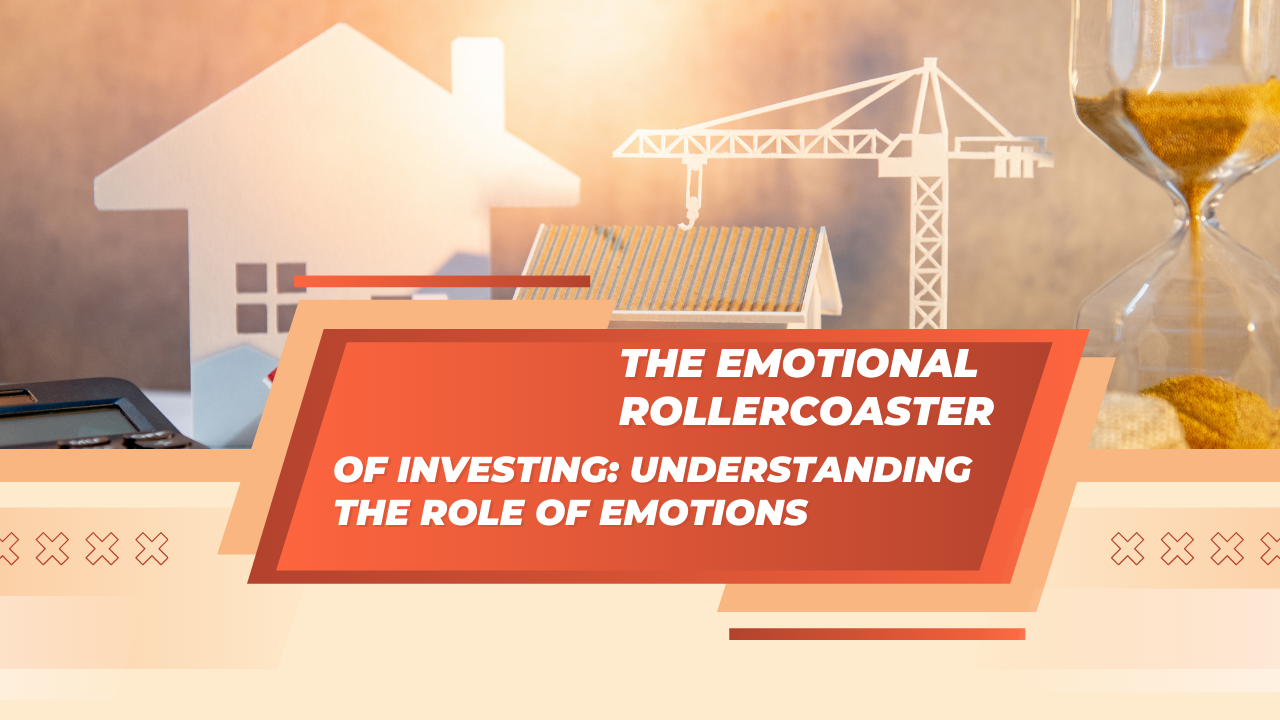
Introduction: Investing in the financial markets can be a thrilling and rewarding endeavor, but it also comes with its fair share of challenges. One significant aspect that often influences investment decisions is human emotions. Understanding the role of emotions in investing is crucial for making sound financial choices and achieving long-term success in the market. In this article, we will explore the various emotions that impact investors and how to manage them effectively.
Part 1: The Impact of Emotions on Investing
Greed: Greed is an intense desire for more wealth and profits. It often leads investors to take excessive risks or chase after hot investment opportunities without considering the potential downsides. Greed can result in irrational decision-making, such as holding onto a winning position for too long, leading to missed opportunities or significant losses when the market reverses.
Fear: Fear is one of the most powerful emotions that influence investors. The fear of losing money can cause investors to sell their investments prematurely or avoid entering the market altogether. This fear-driven behavior can lead to missing out on potential gains or locking in losses due to panic selling during market downturns.
Overconfidence: Overconfidence can lead investors to underestimate risks and overestimate their abilities to predict market movements. When investors become overly confident in their decisions, they may take on excessive risks or fail to diversify their portfolios adequately.
Regret: Regret can occur when investors make decisions that result in losses or missed opportunities. This emotional response may lead to trying to “make up” for losses by taking on higher risks, which can compound losses further.
Part 2: The Role of Emotional Biases
Confirmation Bias: Confirmation bias occurs when investors seek information that supports their existing beliefs and opinions while ignoring or downplaying contradictory information. This bias can prevent investors from making well-informed decisions based on objective analysis.
Loss Aversion: Loss aversion refers to the tendency of investors to feel the pain of losses more acutely than the pleasure of gains. As a result, some investors may hold onto losing positions in the hope of recouping their losses, rather than selling and cutting their losses.
Anchoring Bias: Anchoring bias occurs when investors fixate on a specific price or reference point, using it as a basis for making investment decisions. This bias can prevent investors from adapting to new information and adjusting their strategies accordingly.
Part 3: Strategies for Emotionally Intelligent Investing
Develop a Solid Investment Plan: Having a well-defined investment plan can help you stay focused on your long-term goals and reduce the influence of emotions on your decisions. Your plan should include clear objectives, risk tolerance assessment, and a diversified investment strategy.
Stay Informed but Objective: Stay informed about market trends and economic developments, but make decisions based on objective analysis rather than emotions. Avoid falling victim to media hype or market noise that may trigger emotional responses.
Practice Patience and Discipline: Patience and discipline are crucial in investing. Avoid making impulsive decisions based on short-term market fluctuations. Stick to your investment plan and avoid making emotional decisions in the heat of the moment.
Learn from Mistakes: Accept that losses are a natural part of investing and view them as opportunities for learning. Reflect on your investment decisions, understand your emotional biases, and use this knowledge to make better choices in the future.
Conclusion: Emotions play a significant role in investing and can impact decision-making, often leading to suboptimal outcomes. Recognizing and managing emotions are essential skills for successful investors. By developing emotional intelligence, staying disciplined, and following a well-thought-out investment plan, investors can navigate the emotional rollercoaster of investing and make informed decisions that align with their long-term financial goals. Remember that seeking guidance from a financial advisor can also provide valuable insights and support in managing emotions during your investment journey.




